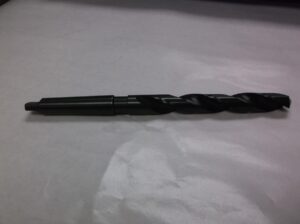How to Exploit Divergences Between Correlated CFD AssetsKeywords: CFD trading

The best way to profit from the movements in the market in CFD trading is by exploiting the divergences between the correlated assets. Correlated assets are those whose prices tend to move in the same direction or in a predictable relationship. For example, two stocks within the same industry or two commodities like oil and gas might show a strong correlation. Hence, identification of divergence in the price movements of these correlated assets may lead to spotting potential trading opportunities.
A divergence occurs when related markets are not trending in line with one another. It could be that one asset is advancing in price, and one is flat or dropping but is an indication of shifting market dynamics that may well be leveraged in a trading opportunity. Such divergences could be identified on charts by chartists using technical analysis where the Relative Strength Index and other such momentum indicators might be used.
Traders, in CFD trading, will be able to take trades through those divergences because it is highly expected that sooner or later, the prices of the correlated assets will align. The general approach here would be to trade in the weaker asset as it should eventually catch up with the stronger asset or reverse the trend of the latter. As an example, if you see a pair of correlated stocks diverging and one stock is performing worse, then you may take a long position on the poorly performing stock in anticipation that it will rebound as the prices correct.
It all boils down to watching for changes in the strength of the correlation between the assets. When two assets that usually trade quite closely start diverging materially, it can often mean the market has overreacted to a short-term news event or some transient change in sentiment. That provides a trading opportunity in its own right: trading the tendency of the market to move back toward normality.
Remember that although divergences are good at presenting opportunities, they do not always mean that prices are going to correct immediately. A divergence can stay in place for a long time before the prices begin to realign. Therefore, risk management strategies such as setting stop-loss orders become very important when trading in CFDs. You do not want to get caught in a protracted divergence that results in losses.
One such technique of exploiting differences between correlated assets is called pairs trading, wherein one asset is taken long and another is taken short. This allows a trader to exploit relative movement between two correlated assets in opposite directions, not necessarily against a trend that’s moving upwards or downwards. It is very effective due to the strength of correlations because even tiny price movements between two highly correlated assets can be taken advantage of by traders.
The strength of exploiting divergences between correlated CFD assets lies in its ability to uncover opportunities that others miss. Close price action observation, knowing relationships between different assets, and a solid understanding of divergences provide a means for profiting from inefficiencies while being much more sophisticated when trading under volatile or uncertain conditions. Using the right tools and the discipline required, CFD traders will be able to take advantage of these discrepancies to fine-tune their overall trading strategy.




